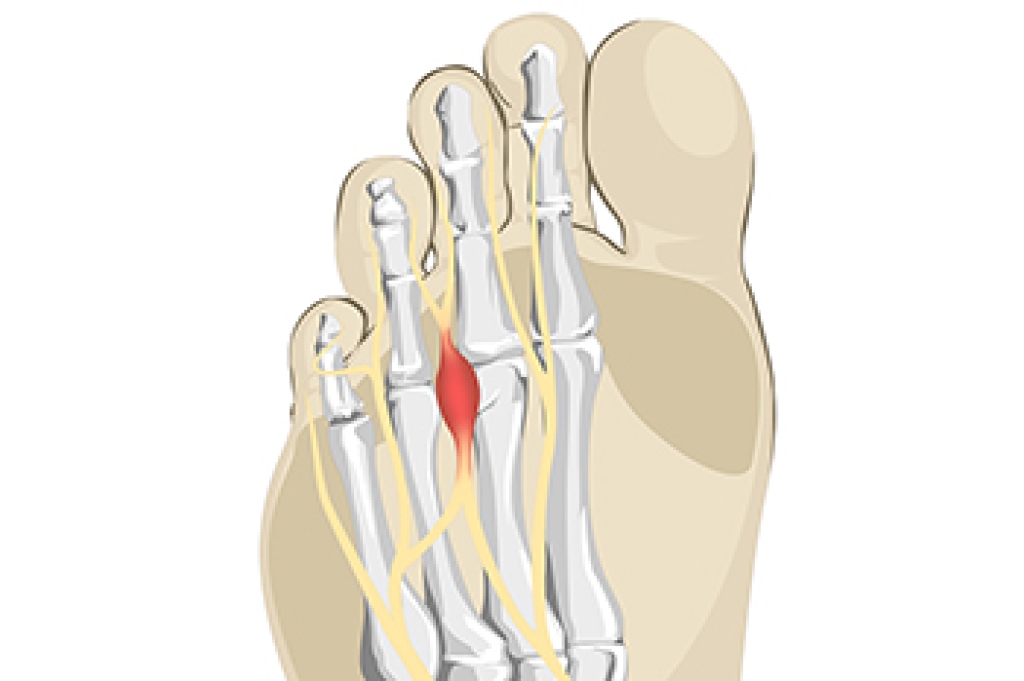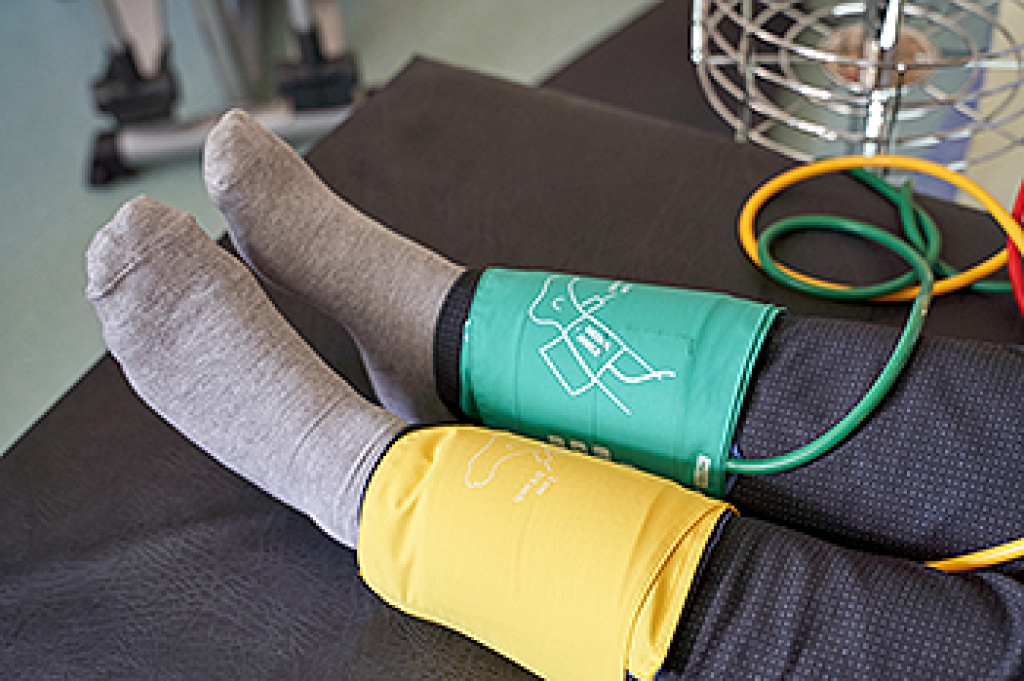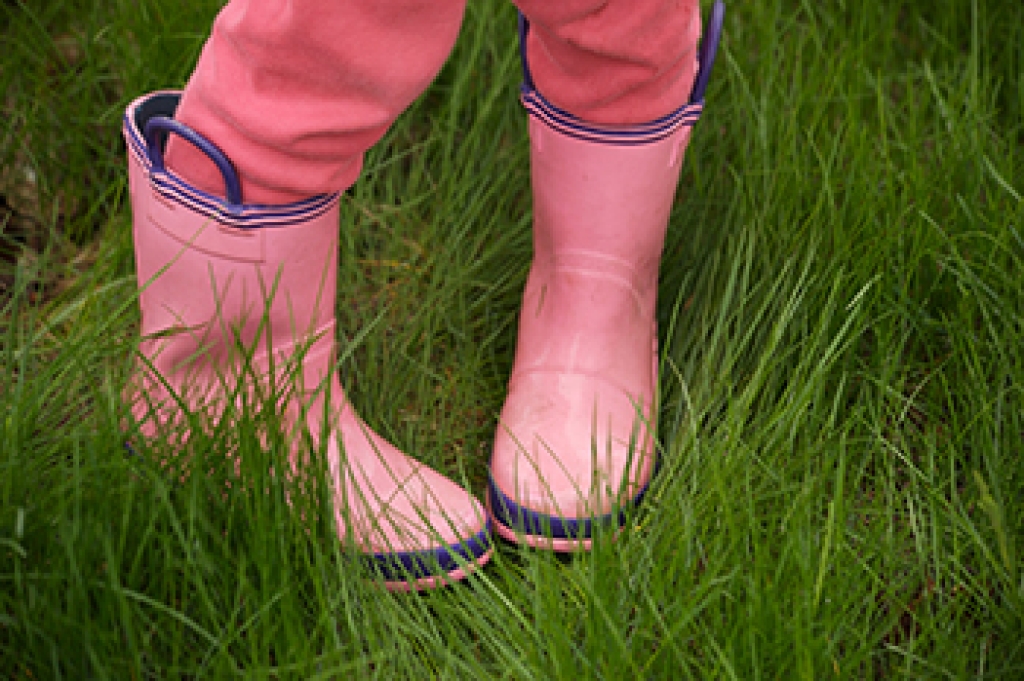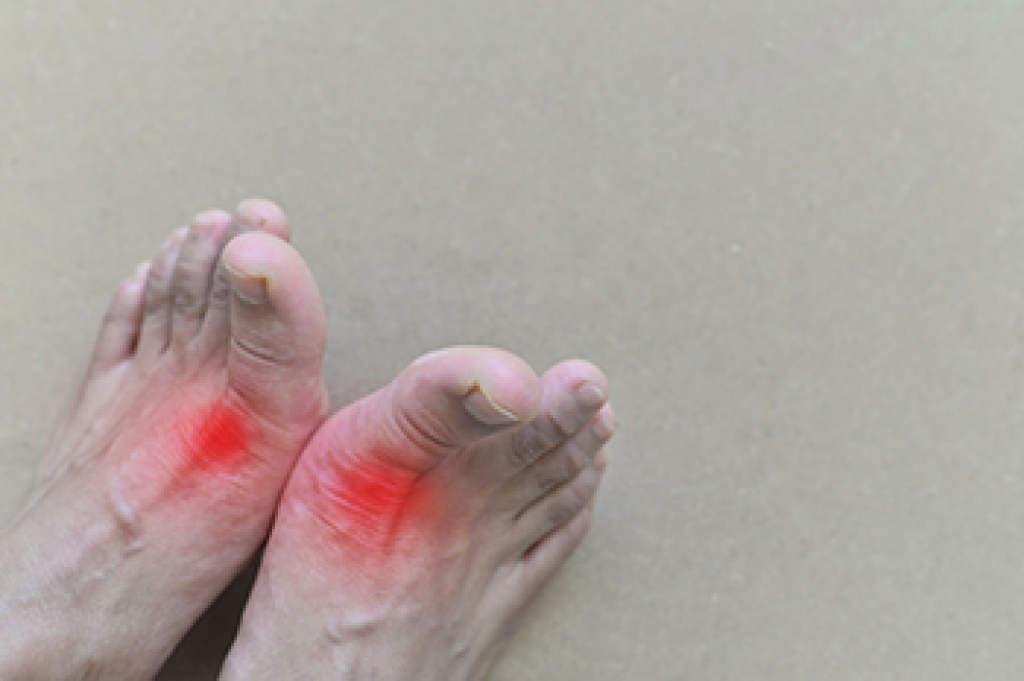
Morton's neuroma is a painful foot condition that involves thickening and irritation of a nerve that runs between the metatarsal bones at the base of the toes. It is commonly caused by compression of the nerve, which disrupts normal sensation between the ends of the metatarsals. Wearing tight shoes that squeeze the forefoot can increase pressure in this area and worsen symptoms over time. Common signs include pain in the ball of the foot, a burning sensation, tingling, or the feeling of standing on a small pebble. A podiatrist can diagnose Morton's neuroma through a physical examination and imaging, when needed. Treatment may include footwear modifications, orthotics, targeted therapies, and pain relief strategies. If you have pain in this part of your foot, it is suggested that you schedule a visit with a podiatrist who can accurately diagnose and treat what may be going on.
Morton’s neuroma is a very uncomfortable condition to live with. If you think you have Morton’s neuroma, contact Ramin Nadjafi, DPM of Advanced Podiatry Group. Our doctor will attend to all of your foot care needs and answer any of your related questions.
Morton’s Neuroma
Morton's neuroma is a painful foot condition that commonly affects the areas between the second and third or third and fourth toe, although other areas of the foot are also susceptible. Morton’s neuroma is caused by an inflamed nerve in the foot that is being squeezed and aggravated by surrounding bones.
What Increases the Chances of Having Morton’s Neuroma?
- Ill-fitting high heels or shoes that add pressure to the toe or foot
- Jogging, running or any sport that involves constant impact to the foot
- Flat feet, bunions, and any other foot deformities
Morton’s neuroma is a very treatable condition. Orthotics and shoe inserts can often be used to alleviate the pain on the forefront of the feet. In more severe cases, corticosteroids can also be prescribed. In order to figure out the best treatment for your neuroma, it’s recommended to seek the care of a podiatrist who can diagnose your condition and provide different treatment options.
If you have any questions, please feel free to contact our office located in Orlando, FL . We offer the newest diagnostic and treatment technologies for all your foot care needs.




